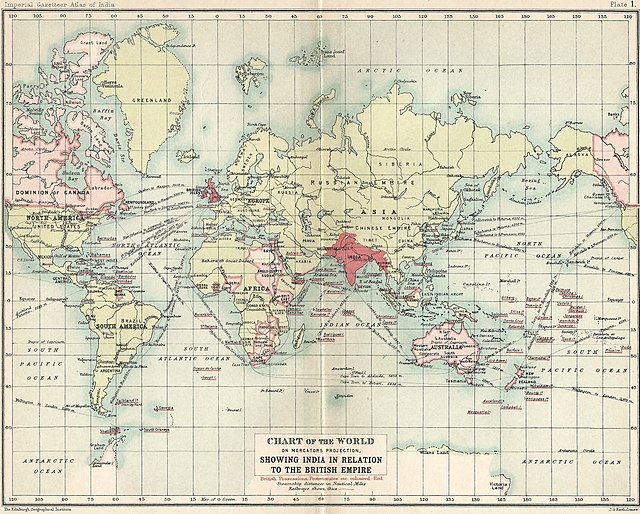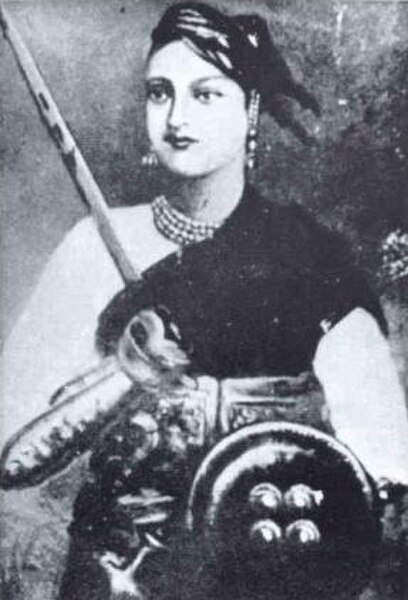Montagu–Chelmsford Reforms
The Montagu–Chelmsford Reforms or more briefly known as the Mont–Ford Reforms, were introduced by the colonial government to introduce self-governing institutions gradually in British India. The reforms take their name from Edwin Montagu, the Secretary of State for India from 1917 to 1922, and Lord Chelmsford, the Viceroy of India between 1916 and 1921. The reforms were outlined in the Montagu-Chelmsford Report, prepared in 1918, and formed the basis of the Government of India Act 1919. These are related to constitutional reforms. Indian nationalists considered that the reforms did not go far enough, while British conservatives were critical of them. The important features of this act were that:
Lord Chelmsford was Viceroy of India.
Edwin Samuel Montagu was Secretary of State for India
The British Raj was the rule of the British Crown on the Indian subcontinent; it is also called Crown rule in India,
or Direct rule in India, and lasted from 1858 to 1947. The region under British control was commonly called India in contemporaneous usage and included areas directly administered by the United Kingdom, which were collectively called British India, and areas ruled by indigenous rulers, but under British paramountcy, called the princely states. The region was sometimes called the Indian Empire, though not officially.
Political subdivisions of the British Raj in 1909. British India is shown in two shades of pink; Sikkim, Nepal, Bhutan, and the Princely states are shown in yellow.
The British Raj in relation to the British Empire in 1909
The British Raj and surrounding countries are shown in 1909.
Lakshmibai, Rani of Jhansi, one of the principal leaders of the Great Uprising of 1857, who had lost her kingdom by the Doctrine of lapse






